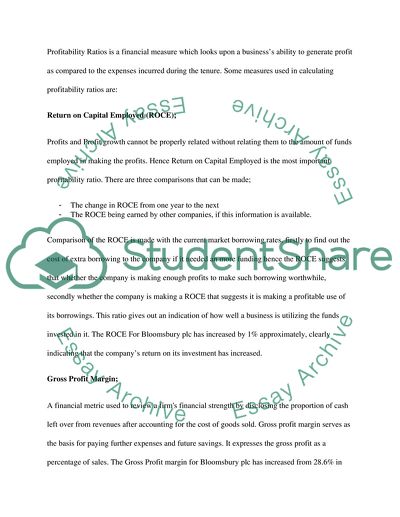Cite this document
(Advanced Financial Accounting Research Paper Example | Topics and Well Written Essays - 3000 words, n.d.)
Advanced Financial Accounting Research Paper Example | Topics and Well Written Essays - 3000 words. Retrieved from https://studentshare.org/finance-accounting/1732644-advanced-financial-accounting
Advanced Financial Accounting Research Paper Example | Topics and Well Written Essays - 3000 words. Retrieved from https://studentshare.org/finance-accounting/1732644-advanced-financial-accounting
(Advanced Financial Accounting Research Paper Example | Topics and Well Written Essays - 3000 Words)
Advanced Financial Accounting Research Paper Example | Topics and Well Written Essays - 3000 Words. https://studentshare.org/finance-accounting/1732644-advanced-financial-accounting.
Advanced Financial Accounting Research Paper Example | Topics and Well Written Essays - 3000 Words. https://studentshare.org/finance-accounting/1732644-advanced-financial-accounting.
“Advanced Financial Accounting Research Paper Example | Topics and Well Written Essays - 3000 Words”, n.d. https://studentshare.org/finance-accounting/1732644-advanced-financial-accounting.


